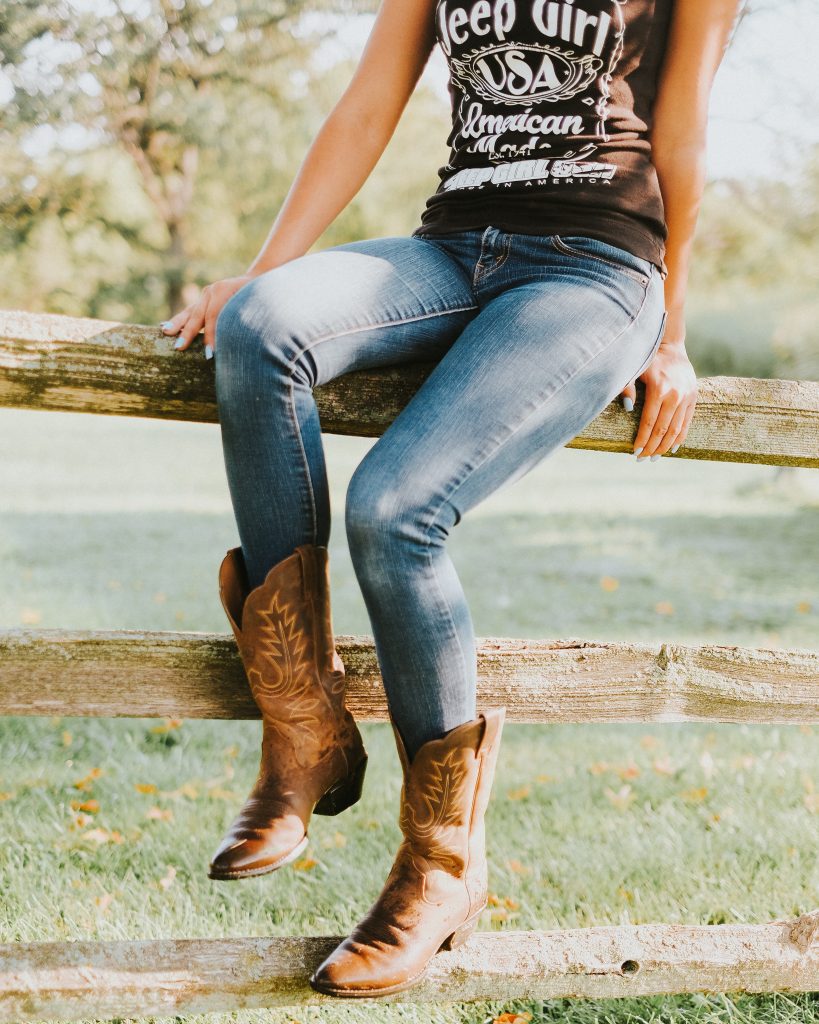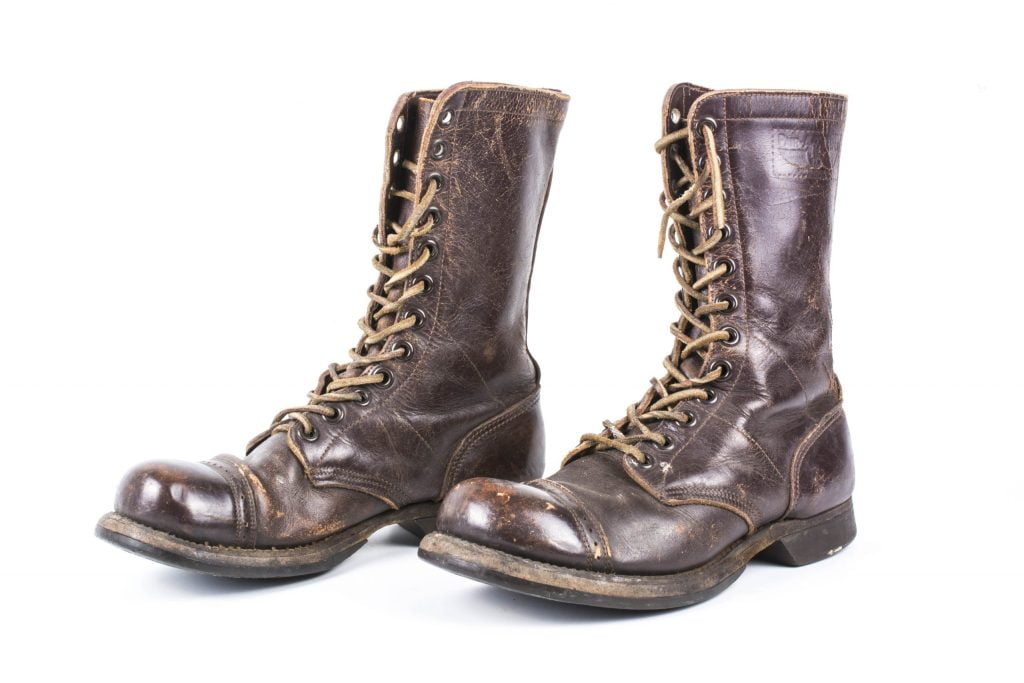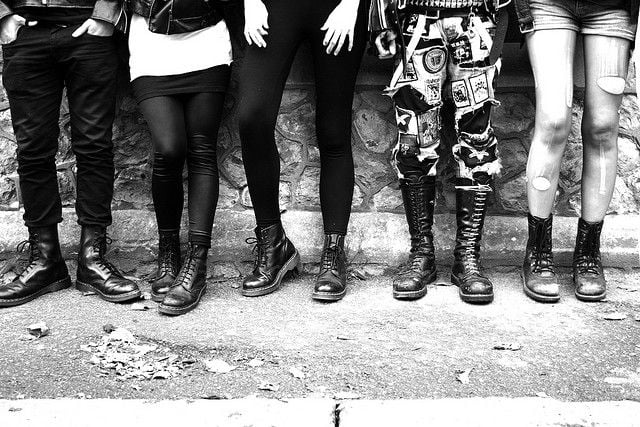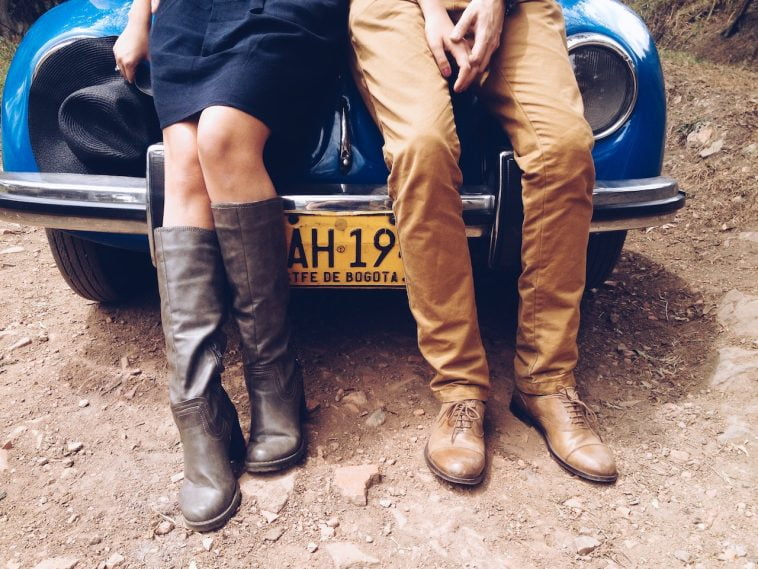The history and culture of boots can be traced back centuries and spans across many cultures and civilizations. From the functional, practical boots worn by soldiers and workers to the high-fashion boots seen on the runway, the history of boots is rich and fascinating.
Boots have a long history, with evidence of boots dating back to ancient civilizations, such as the Greeks and Romans, who wore boots made of leather, cloth, and other materials. In medieval Europe, boots were worn by knights and soldiers, offering protection in battle and providing support for horseback riding. Over time, boots evolved to include various styles and materials, from the high-topped boots worn by cowboys in the American West to the stylish, ankle-high boots worn by women in the 1960s and 1970s.
In the American West, cowboy boots were a staple of frontier life, offering protection and support for riding horses and working on the ranch. Today, cowboy boots are still popular and are often associated with Western wear and country music.


During World War I and World War II, military boots were a critical part of soldiers’ uniforms, offering protection, support, and durability. Today, military-style boots are a popular fashion trend, with many designers incorporating elements of military boots into their designs.
In the 1960s and 1970s, boots became a symbol of women’s liberation, with many women embracing the trend of wearing ankle-high boots with miniskirts and other fashion items. This trend paved the way for the rise of women’s fashion boots, which continue to be a popular and versatile item in women’s wardrobes today.
In the punk and rock and roll subcultures, boots have been a symbol of rebellion and individuality. Whether leather, steel-toed, or combat-style, boots have been a staple of punk and rock and roll fashion for decades, reflecting the rebellious and non-conformist spirit of these subcultures.

In recent years, boots have become a staple of modern fashion, with many designer and luxury brands offering a wide range of styles, materials, and designs. The popularity of boots continues to grow, reflecting the enduring appeal and versatility of this timeless footwear.
The history and culture of boots are not only a testament to the enduring appeal of this footwear, but also to human innovation and creativity. From practical workwear to high-fashion statement pieces, boots continue to play an important role in our lives and reflect the changing trends and styles of our times.



